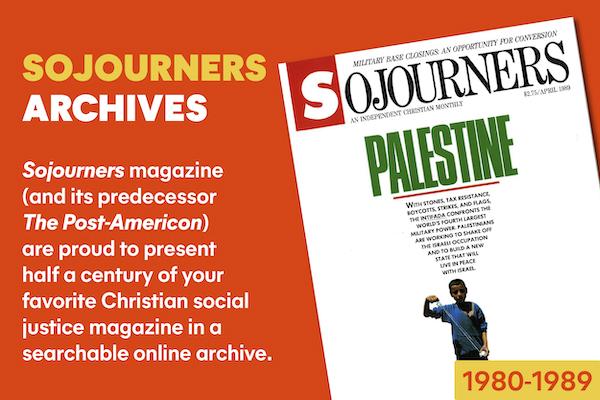Mark's gospel was the manifesto of a Christian community struggling to incarnate a new way of life which was in fundamental conflict with the dominant socio-political order of first-century Roman Palestine. We saw in the last study ("Binding the Strong Man," March 1987) that Mark's narrative strategy in the first major section of the story was predominantly subversive, functioning to delegitimize the ideologies and institutions with which the kingdom of God contended.
At the same time, certain aspects of Jesus' first campaign articulated a positive alternative, such as his fellowship with the outcast (2:15f.) and his creation of a discipleship community (1:15-20; 3:13-19). The next major section (4:35-8:21) makes this constructive task its central concern. Jesus' departure in a boat across the Sea of Galilee (4:35) signals the beginning of a new round of symbolic action which dramatizes the concrete social and economic shape of the kingdom as a "new creation."
Scholars have puzzled over the fact that Mark, otherwise the sparest of the gospel writers, in this section waxes curiously redundant. He narrates not one but two perilous sea crossings (4:35-41; 6:45-53) and two feedings of hungry masses in the wilderness (6:33-44; 8:1-9). In addition, Jesus' healings are neatly organized into pairs: two Jews (5:21-43) and two Gentiles (7:24-37). The notoriously superficial commentary on these stories misses their significance by ignoring both their social and literary dimensions.
Read the Full Article

